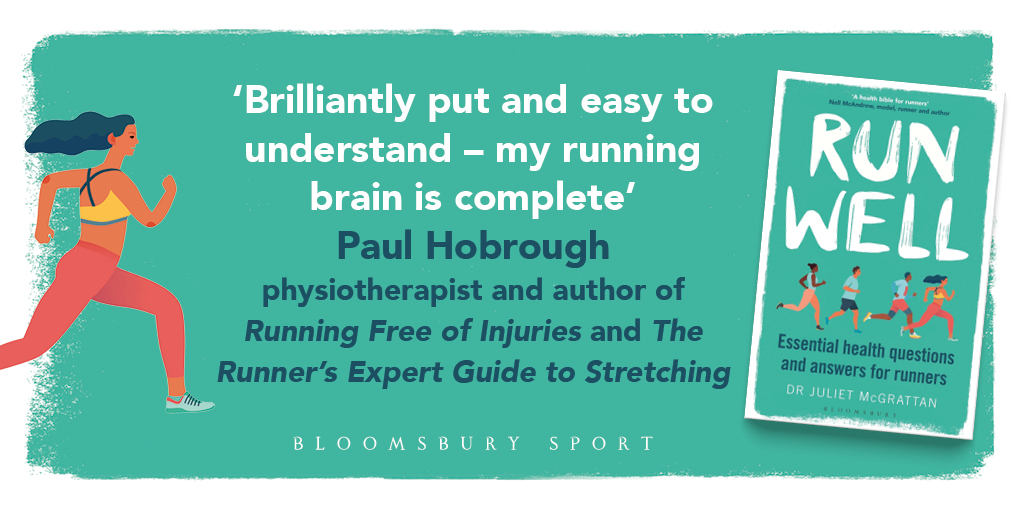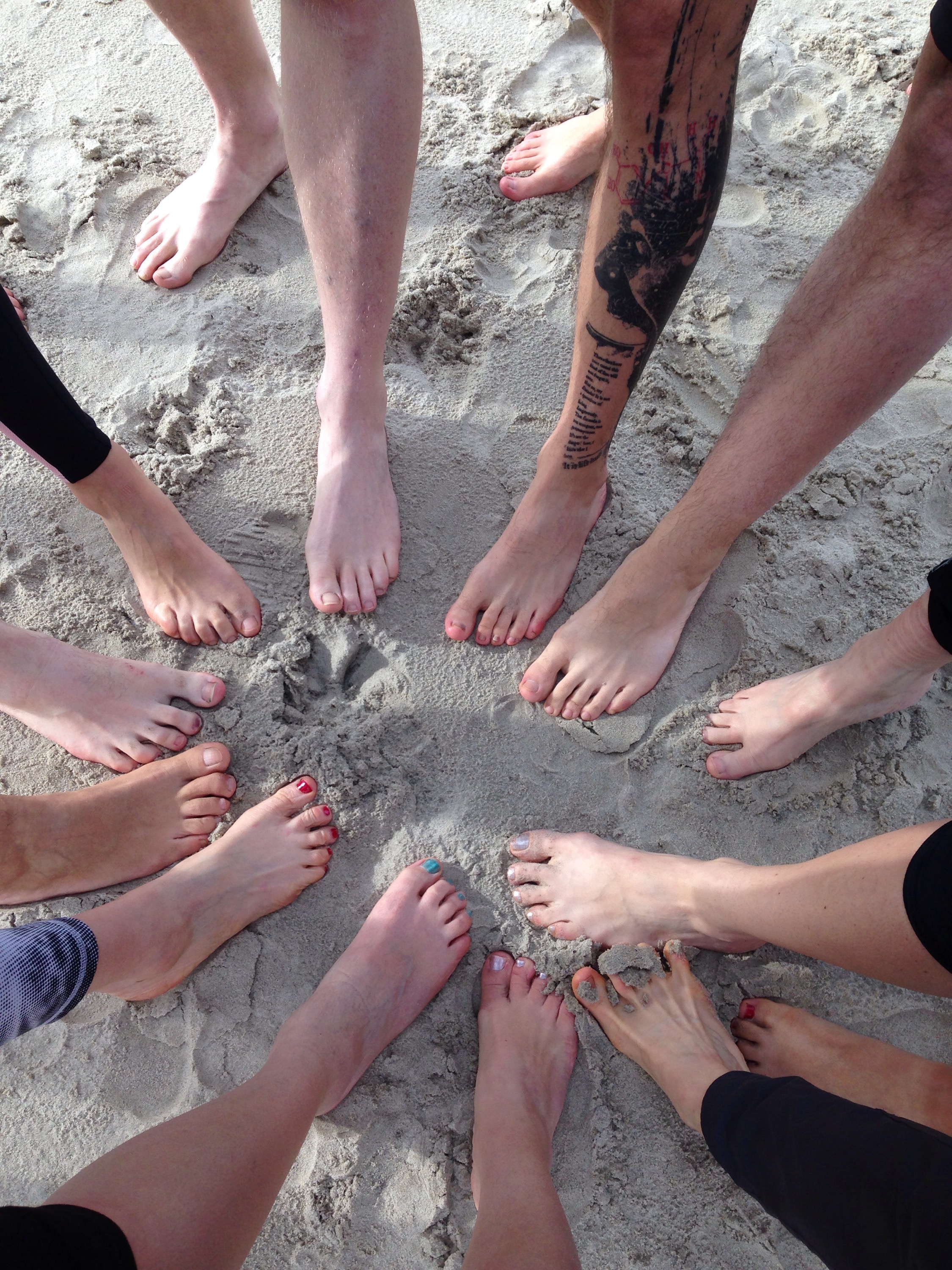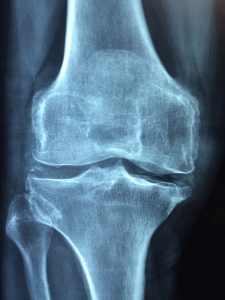Plantar fasciitis, a painful and frustrating condition, especially if you’re a runner. As a GP, this was a condition I saw all the time and I know how stubborn it can be and the impact that it can have on your ability to walk, let alone run. So, what is plantar fasciitis? Why do you get it and most importantly, what can you do to get rid of plantar fasciitis and get back to running?
What is plantar fasciitis?
The plantar fascia is a tough connective tissue that forms the sole of your foot, running from your heel to the base of your toes. It’s handy as a runner because it has a slightly elastic property, it absorbs some of the impact when your foot hits the ground and when it springs back into shape it helps to propel you forwards.
Usually ‘itis’ on the end of a word means inflammation (think appendicitis and tonsillitis) but other than in the early stages of the condition, there isn’t much inflammation involved in plantar fasciitis (PF). We don’t really understand why people develop PF. It’s not simply due to a heavy landing – PF is common in sedentary people. There’s definitely a link with the Achilles tendon and calf muscles because they’re often thickened and tight in people with PF. But this could be as a result of PF rather than the cause!
In runners there do seem to be some common and very individual factors that may trigger PF:
- New runners
- Rapid increase in training distances
- Sudden increase in intensity of training
- Abnormal running biomechanics
- Weak foot arch (possibly)
- Foot strike (possibly)
- Poor footwear
What are the symptoms of plantar fasciitis?
The most common symptom is pain in the sole of the foot and this is usually felt around the heel. It hurts to put your foot on the ground, particularly when you get out of bed in the morning and when you aren’t wearing shoes. To begin with, people find the pain eases up once they get moving but it usually gradually progresses to being painful all the time. Sometimes it can happen in both feet at once which is very debilitating.
How do you get rid of plantar fasciitis?
It may not be what you want to hear when you are desperate to get back in your trainers but TIME is the biggest healer. And PF can take a while to resolve. It’s usually settled at six months but it can be up to a year.
Here are my tips for treating plantar fasciitis:
- Rest – in the early stages let any inflammation settle down.
- Avoid activities that make the pain worse – if running doesn’t hurt then there’s no good reason not to carry on. Be honest though, is it triggering it?
- Use cross-training to maintain fitness – hop on the bike or head to the pool. Do whatever doesn’t hurt your feet.
- Ease pain with ice packs and pain killers such as paracetamol or ibuprofen.
- Roll a frozen water bottle or a golf ball under your foot – gentle pressure at first and use firmer pressure when you can.
- Try heel pads in your shoes for comfort.
- Try different shoes and go with what is most comfortable. Sometimes a higher heel or a more supportive shoe is better than a flat pump or flip-flop.
- Stretch out your foot by looping a scarf under the ball of your foot and pulling it towards you.
- Stretch out your calf muscles – try standing on a step with your heels over the edge, do one foot at a time to begin with.
If your symptoms aren’t settling then it’s a good idea to see a physiotherapist. They can help identify if there are any biomechanical reasons why you have developed PF. Specific stretches and exercises can then be prescribed to help correct these.
Other treatments available include steroid injections into the sole of the foot, night splints which keep your foot in a flexed position while you sleep and shock wave therapy which helps to increase blood flow and speed up the healing process.
Can I run with plantar fasciitis?
As mentioned above, you don’t necessarily need to stop running when you have PF if it isn’t causing any pain or making it worse. Realistically, most runners will need to stop, at least for a couple of weeks and probably for longer. You won’t do yourself any favours by battling on ad pushing through the pain.
Getting back to running after plantar fasciitis
Returning to running after PF needs to be done gradually. We know it’s more common in beginners and those who are increasing their distance and intensity so it’s important to take your return slowly. Try to identify what might have caused it if you haven’t seen a physio. Do you need to change your shoes? Had you been cranking up the distances very quickly? Have you been running with an injury that might be affecting your foot strike? Do you need to do some calf muscle stretches and strength work? Do you have weak arches and need to strengthen your foot muscles? Have you recently changed the terrain you run on? Do what you can to address these things. They may or may not be relevant but once you’ve been injured with PF you won’t want it coming back! Build up your distances slowly and have plenty of rest days.
Have you had plantar fasciitis? What was your experience? In my book Run Well: Essential health questions and answers for runners you can read runner Darren’s story – he was at his wits end and tried all sorts of things to get back to running. There’s more about PF in Run Well as well as other causes of foot pain. There’s information on foot strike, Achilles tendons and foot strengthening exercises too.









One Comment